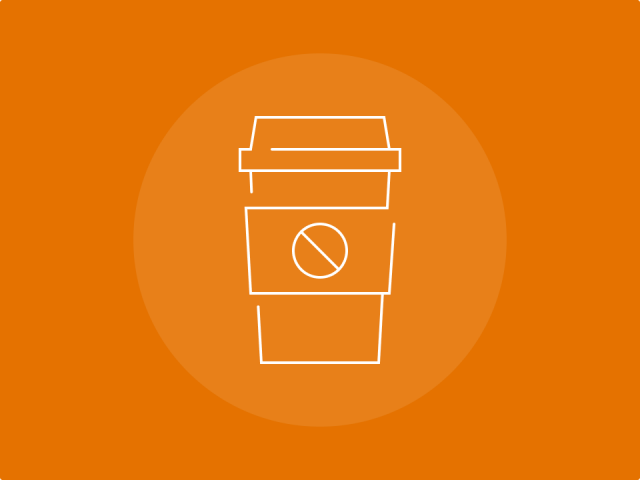

 Article
Article


Insights from
Early in the 1990s, Starbucks was a growth darling, offering a consistently good product in the expanding market for specialty coffee and blazing the trail for what is now known as corporate social responsibility. Starbucks defined itself as an early technology leader, offering WiFi in stores in 2002 and partnering with Apple in 2007 to provide free access to iTunes. In 2011, the company launched a mobile app digitizing its Starbucks Rewards loyalty program. By 2016, Starbucks was a $20 billion company with more than 21,000 locations. But in recent years, it has encountered challenging consumer trends.
The artisanal coffee market has evolved along with markets for such products as craft-brewed beer, locally sourced grass-fed beef and non-GMO vegetables. Small, specialized coffee companies have been attracting venture funding — Oakland, Calif.-based Blue Bottle, for instance, raised more than $45 million — and the wholesale price of coffee beans rose 40 percent in 2014. A global coffee brand could suffer in such a fast-changing market. To survive, Starbucks would need to identify revenue drivers, invest in them quickly and maintain its customer base.
Much of the company’s recent success is due to its mobile app, which has loyalty-building features. Starbucks customers are awarded “Stars” for purchases, and they advance through reward levels as they earn free refreshments. In addition, members have access to free digital apps and content from high-profile partners. The mobile app can be used to send a digital Starbucks gift card to any email address, find the nearest store and receive targeted promotional messages.
The true breakthrough, however, is the mobile order-and-pay feature introduced last year, which functions like a pre-loaded debit card. Users can order ahead of time and skip the lines. These customers generally make purchases more often and have a larger average order size than those without the app.
By the end of 2015, more than 20 percent of Starbucks customers were paying via mobile devices. The number of mobile-using customers went up 32 percent between the third and fourth quarters of 2015. The company’s profit grew from $2.1 billion in fiscal 2014 to $2.8 billion in fiscal 2015 — a 33 percent gain.
Starbucks coffee is not craft food, but the company has capitalized on some of the same consumer sentiment by emphasizing culture and community in its marketing and social media presence. In 2008, it launched the My Starbucks Idea website, which customers could use to make recommendations. And Starbucks followed through — with a tree-planting program suggested by a customer, drink recipe changes and a recent update to how rewards points work.
Starbucks has cultivated brand loyalty in the mass market. It has invested in technology to keep customers connected to its products and stores. It is a truly omnichannel company, using social media and mobile devices to drive in-store sales. As a result, this publicly traded company with a global footprint has maintained an edge in an artisanal-food-obsessed world.
This article originally posted on The Washington Post
The president and founder of Stynson LLC, an Internet marketing and business strategy consulting firm, Murray teaches the “Digital Marketing” and “Management Communication” courses in Darden’s MBA program. Her expertise extends to interactive media, website design, social media and software product development. At Stynson, she consults clients in all phases of website and software development, marketing and interactive media distribution.
Prior to founding Stynson, Murray brokered multimillion-dollar online partnerships for Gap Inc. and managed proprietary software development for Fannie Mae. She earned her MBA from Saïd Business School at the University of Oxford, with concentrations in business strategy and marketing.
B.A., University of Virginia; MBA, University of Oxford
Tech-savvy Starbucks stays on top of artisanal wave
Share